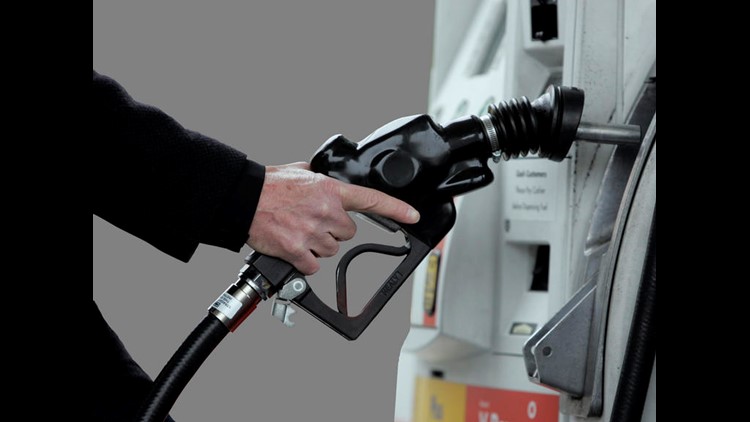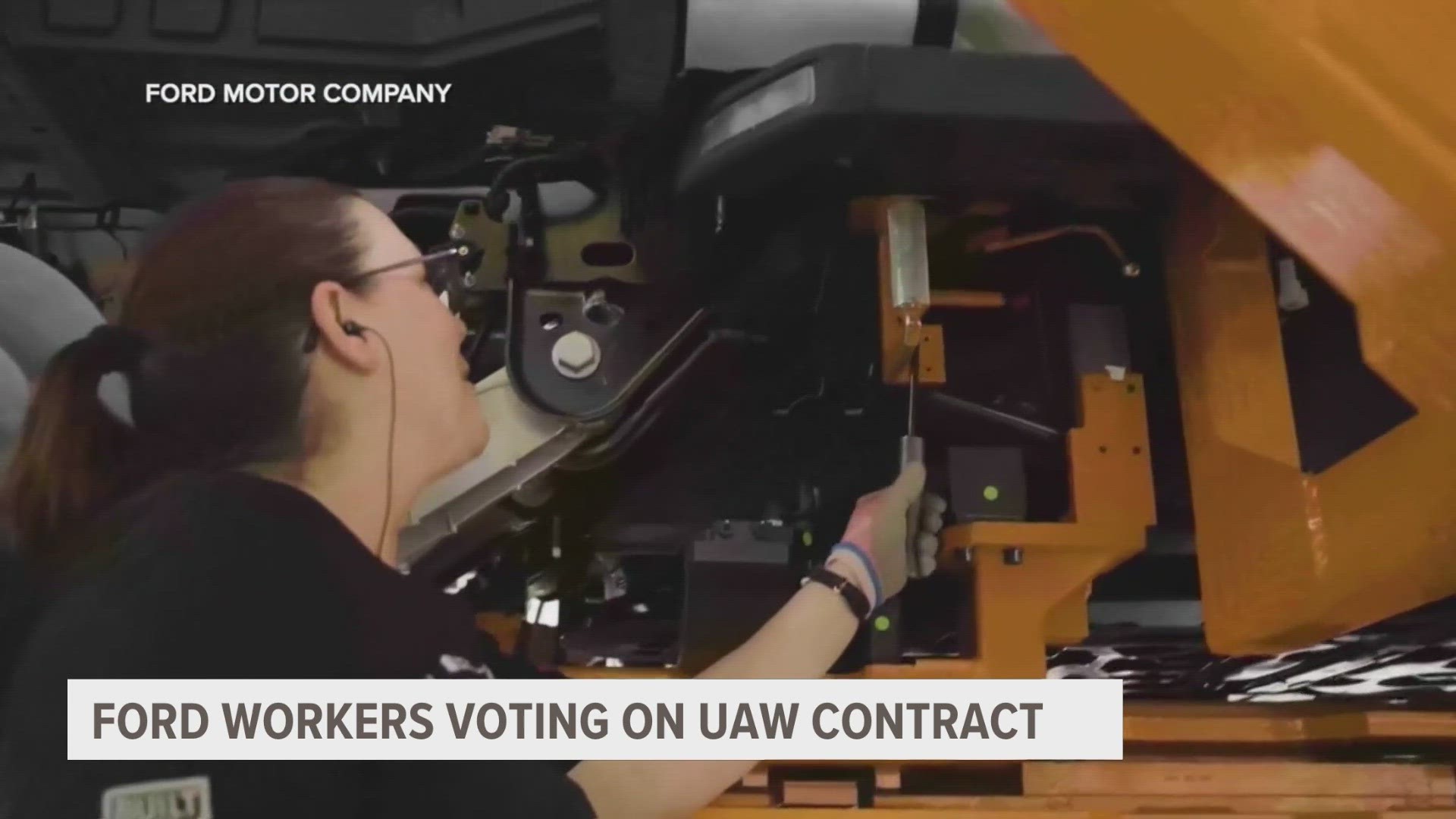Automakers and oil companies are quietly developing a new generation of fuels and engines to run more efficiently on them, generating more power from less gasoline to reduce emissions and boost fuel economy.
But industry executives are reluctant to talk publicly about their research.
Why so quiet?
Because no company wants to be the poster child for higher fuel prices, even if the additional cost is offset by lower fuel consumption and better performance.
Higher octane fuel costs more because the fuel components that boost octane are generally more expensive to produce.
Development work on super-premium gasoline grades and engines to take advantage of them is going on behind the scenes while automakers and oil companies around the world ponder how to sell the public on the idea.
“Ten cents a gallon more is probably palatable. A quarter risks customer acceptance,” said an industry executive who requested anonymity because his company’s plans are secret.
Ford global technology and engineering chief Raj Nair provided a rare glimpse into the automaker's plans for higher octane fuel recently during a speech at the Society of Automotive Engineers annual banquet in Detroit.
That night, Nair said “new fuel formulations” are a priority as the company works to reduce its environmental impact. Even that oblique reference to higher grades of gasoline drew applause.
When automakers and oil companies talk about “higher gasoline grades” and “new fuel formulations,” they usually mean higher octane ratings. Most gasoline in the U.S. today is between 87 and 94 octane.
Currently, the national average prices are $2.42 for regular, $2.77 for midgrade and $2.92 for premium, according to AAA's gas price monitor.
Octane allows an engine to run at higher compression ratios and use more of the energy in gasoline. More energy equals the ability to do more work, and that means a properly engineered vehicle will go farther or faster on the same amount of gasoline.
For example, the new Dodge Challenger SRT Demon produces 840 horsepower using super-premium 100 octane fuel, but “just” 808 horsepower with 91 octane.
The U.S. Department of Energy is working with automakers and oil companies on a project called Optima to cooperate on engine and fuel development and reduce petroleum consumption 30%, Lindsay Brooke reported in the Society of Automotive Engineers publication Automotive Engineering.
“The general position is that (premium) is what automakers are thinking for the future octane level,” Toyota senior principal engineer for energy and environmental research Marie Valentine said.
“We don’t need a new fuel — we just need improved gasoline,” David Brooks, General Motors director of global propulsion labs, recently told an engineering conference. He said 114 octane was ideal from an engineer’s point of view, but probably too expensive for customers to accept.
In addition to adding higher-octane fuels, the lowest current octane levels will probably be phased out over time.
“Increasing octane could be the lowest-cost way to raise fuel economy,” an executive who requested anonymity said. “It costs far less than developing a new transmission, for instance.”
In Europe, where higher-octane gasoline is common, running super-premium fuel with about 98 octane increased fuel economy 10% compared with gasoline at U.S.-premium levels of 92-94.
“Most automakers are looking at higher compression to increase efficiency. Raising octane allows that with minimal other changes to the engine,” said Mark Christie, vice president for engine engineering at the U.S. arm of engineering consultant Ricardo. It’s simpler and less expensive than adding new technologies, and a building block to make those technologies even more effective.
It’s unclear how much this will increase fuel prices, because oil companies aren’t talking. Automakers and oil companies are locked in a seesaw relationship that dates to the dawn of both industries. Each needs the other’s product to sell their own, but each feels the other gets off light when it comes to investment and regulation.
Higher octane is the most cost effective way to reduce greenhouse emissions, GM global propulsion systems chief Dan Nicholson said at an industry conference last year.
“Higher-octane fuels are the cheapest CO2 reduction,” Automotive Engineering quotes Nicholson saying at the Center for Automotive Research Management Briefing Sessions. “Fuels and engines must be designed as a total system. It makes absolutely no sense to have fuel out of the mix.”
Nicholson added that higher-octane gasoline “can be delivered very cost effectively.”
Cars that run on today’s regular gas will run fine on higher-octane premium and super-premium. They won’t enjoy the efficiency and performance benefits of engines developed for the fuel, though.
There’s no announced timetable for the introduction of higher grades of gasoline, but interest has grown as automakers eye rising fuel economy standards and emissions limits after 2021.



